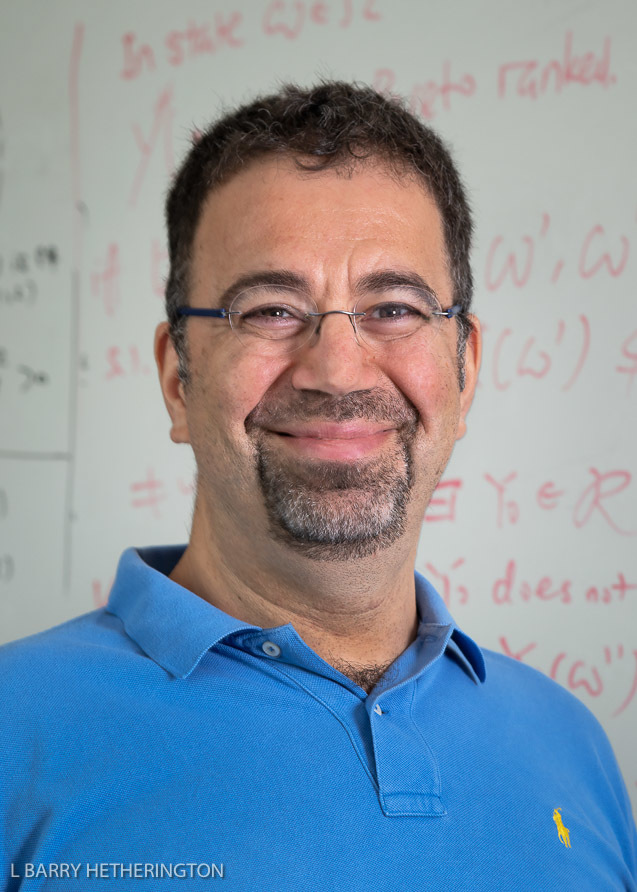As Covid vaccines became available, rich countries that had made early, advanced purchases at high prices had contracts that delivered available doses early, while countries and organizations that had made later purchases at lower prices had "best effort" contracts that allowed delivery dates to slip as supply chain problems developed. The consequences were greatest for the poorest countries, despite efforts to speed vaccination worldwide.
The WSJ has the story:
Why a Grand Plan to Vaccinate the World Against Covid Unraveled. The multibillion-dollar Covax program was supposed to be a model for vaccinating humanity, but has hit problem after problem By Gabriele Steinhauser, Drew Hinshaw and Betsy McKay
"The Covax program, conceived in early 2020 as a kind of Operation Warp Speed for the globe, was supposed to be a model for how to vaccinate humanity, starting with those who needed it the most. The plan was scheduled to have the developing world’s entire healthcare workforce immunized by now.
"Instead, the idealistic undertaking to inoculate nearly a billion people collided with reality, foiled by a basic instinct for nations to put their own populations first, and a shortage of manufacturing capacity around the world.
"Dr. Berkley and a small crew of global health experts spent months trying to recruit much of the world into buying their vaccines from one common pool, rich and poor countries alike. While they were hammering out the details and raising money, nations that could afford it rushed to secure their own shots first.
...
"Most of the world’s poorest nations were left highly dependent on a single vaccine, produced by a single manufacturer in a single country. In a cruel twist, that supplier—the Serum Institute of India—ended up engulfed by the world’s worst Covid-19 outbreak.
...
"Dr. Berkley, the chief executive of Gavi, the Vaccine Alliance, a public-private partnership that secures childhood immunizations for the world’s poorest countries and is the central organization behind Covax, said the facility did its best to navigate a hypercompetitive vaccine market. “We hear a lot of criticism, and the truth is, we’ve tried to do something that we think is the right thing,” he said. “Hindsight’s 2020. Should we have not invested in India? Well, that was the fastest way to get there.”
...
"Covax started shipping Covid-19 vaccines within three months of the world’s richest countries administering their first shots—lightning speed, compared with the five to 10 years it often takes for new immunizations to reach the developing world.
"Yet now it is running out of vaccines just when Covid-19 cases are escalating across countries it was meant to protect: the low- and middle-income states of Latin America and South Asia. The program has shipped 72 million shots, far short of the 238 million it had targeted by the end of May. That’s 4% of the total 1.7 billion vaccines shipped world-wide.
"Some 20 million of Covax’s shots have come from India, which was due to ship 140 million by the end of the month but stopped exporting them as it works to inoculate the country’s 1.3 billion citizens
...
"Wealthy countries, including ones that had promised to fund Covax, were buying their own doses first. In late May, the U.K. had sealed its own agreement with AstraZeneca, for 100 million doses. The U.S., without a commitment to Covax, had signed up for 300 million from AstraZeneca, pledging up to $1.2 billion.
"In June, the European Union, worried that its own countries would start competing for limited supply, stepped in to buy shots for its 450 million citizens. As part of its deal with member states, the EU blocked governments from joining any parallel vaccine purchasing programs. That meant France and Germany were now effectively barred from buying doses from the pool they had championed.
...
"By late December, after months of haggling over prices, Covax had 2 billion doses lined up, enough to vaccinate some 20% of the population in over 100 countries. Yet most were soft agreements with no clear delivery dates or involved drugmakers whose shots hadn’t yet panned out. As Europe and the U.S. began to vaccinate, Covax’s only completed purchases were with AstraZeneca and the Serum Institute.
...
"On Feb. 15, the WHO approved the AstraZeneca shot for emergency use, six weeks after it was cleared in the U.K. That allowed Covax to make its first shipment to a developing country, Ghana, weeks after Serum began exporting shots to other countries.
"Three days later, the U.S., now under President Biden, announced a $2 billion contribution to Covax, with another $2 billion planned through 2022. The EU upped its commitment to 1 billion euro.
"By then, there were scant vaccines available to buy. This month, Covax reached a deal with Moderna for 500 million doses, of which 466 million won’t be delivered until 2022."














